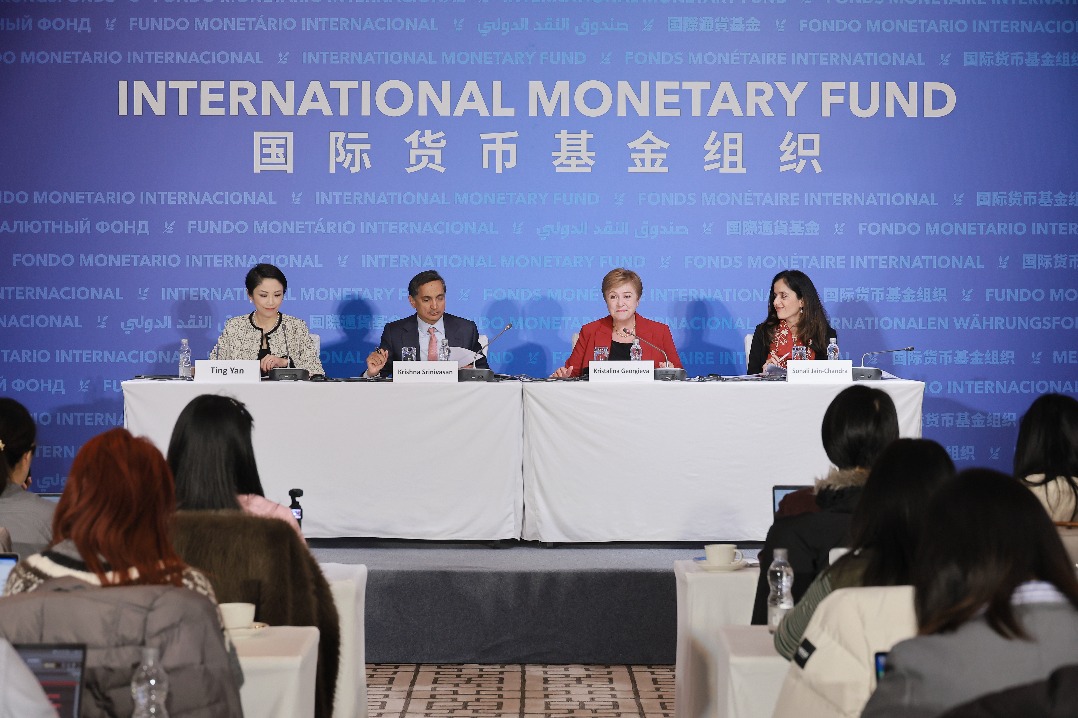Chinese investment in ASEAN expands to benefit both sides
Neighbors look to prosper from advanced technology, job creation






These companies have also benefited from the ASEAN-China Free Trade Area, which gives goods produced by Chinese companies in their ASEAN bases preferential access in fast-growing consumer markets.
Manufacturing has long been a significant driver of FDI growth in ASEAN. In 2023, it comprised more than $50 billion of FDI inflows, or 22 percent of the total, according to the October joint report by the ASEAN Secretariat and the United Nations Conference on Trade and Development.
China was the third-biggest source of FDI in 2023, hitting $17 billion, a year-on-year increase of nearly 20 percent.
The report noted that FDI from China is on "an upward trend" — rising from less than $4 billion in 2010. The number of Chinese enterprises operating in ASEAN increased from 2,600 in 2012 to 6,500 in 2022.
The Chinese private sector has "gradually internationalized" toward ASEAN, it said.
Textile and garment manufacturers invested in Cambodia, Myanmar and Vietnam; electronics companies ventured to Malaysia and Vietnam, while technology companies went to Malaysia, Singapore and Thailand.
In contrast, Chinese companies that invested in ASEAN more than 20 years ago were State-owned enterprises mostly involved in mining and oil exploration, construction, hydropower, and in the development of special economic zones and industrial parks.
Before 2018, the year when China-US trade tensions started, nearly half of Chinese FDI was mostly in real estate and finance.
But after then US president Donald Trump decided in June 2018 to impose a 25 percent tariff on $50 billion of Chinese exports, China's investment pattern in ASEAN started changing. From 2020 to 2023, investment in manufacturing increased at an annual average rate of 33 percent, compared with less than 10 percent in the years 2010 to 2018, the report said.
The supply chain disruption caused by the pandemic has also pushed many Chinese manufacturing companies to diversify abroad, with ASEAN a primary beneficiary of increased Chinese FDI in manufacturing.




















